Growing tomatoes in living soil
In this page, we will present you how to grow tomatoes in living soil.
Information about the crop
- Number of days to germinate: 6 to 16 days.
- Optimum germination temperature: 15 to 16°C.
- Seed storage: 4 to 10 years.
- Soil temperature at planting: 12°C.
- Planting density: 2 to 4 feet / m².
- Yield: 5 to 6 kg/m² on heirloom tomatoes.
Agroecological practices
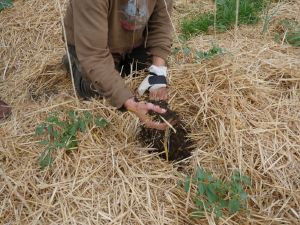
- Bring manure for plantation (max 2cm).
- If you have only chicken manure mix it with soil.
- Bring any type of mulch to a thickness of 10 to 30 cm.
- Using a tarp is an alternative to mulch to prevent weed growth.
If your soil is fertile, you can avoid any soil tillage.
Planting
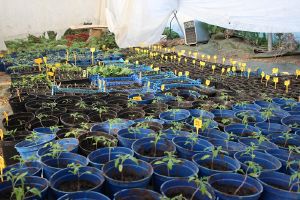
- Seedlings are done in a nursery 4 to 9 weeks before planting and then repotted at the first leaf stage. Avoid significant temperature differences between day and night.
- Planting is done at the 5/6 true leaf stage. Running two runs at 2-3 week intervals avoids peaks and troughs in production. Favor the cultivation on mounds in heavy and clay soils.
- The planting density of tomato plants varies according to the way the tomato is grown:
- For a plantation with 1 head: from 2 to 4 plants/m² on 2 rows in staggered rows with 50 cm spacing on the row.
- For a two-headed row: 1 to 2 plants/m².
Crop monitoring
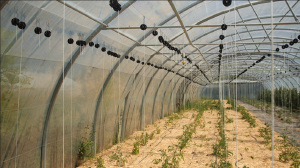
- Stake the plants throughout their growth: the stem is either wrapped around the wire (risk of breakage), or clipped.
- Remove suckers regularly until August-September.
- Leaf the plants from below to promote aeration to limit fungal diseases.
- Cut the head of the plant in September to encourage the ripening of existing fruits.
- Use a bumblebee hive to promote pollination if temperatures are cool.
Irrigation
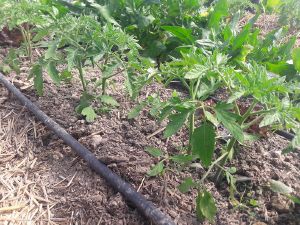
- Drip irrigation.
- It must be regular, adapted to the weather and early in the morning.
- Sprinkler irrigation is used in high season to lower the greenhouse temperature and control mites. Prefer sprinkling during the hottest part of the day, so that the plants dry out quickly and avoid fungal diseases.
- Avoid irrigation just before harvesting to have better-tasting tomatoes.
Harvest
- Once or twice a week.
- The tomatoes are placed in crates or trays.
- Disinfect cutting tools regularly to prevent disease.
Storage
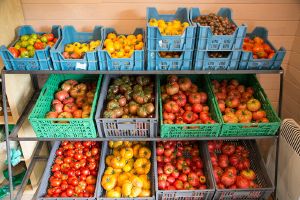
- Store above 8°C, ideally between 10 and 14°C and at a humidity of 85 to 95%.
- Avoid cold storage, it dulls the taste and precipitates the ripening once the tomatoes come out.
- Preservation up to 10 days under these conditions.
Diseases
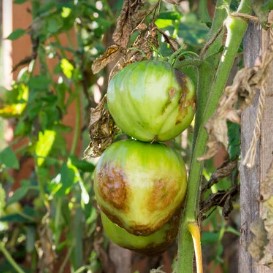
- Mildew (Phytophthora infestans).
- Black bottom (Water stress inducing poor absorption of calcium).
- Cladospioriosis (due to an excess of nitrogen).
- Botrytis (Botrytis cinerea, a product called Prestop, is effective).
- Cut watering during wet periods.
- Ventilate the greenhouses.
- Carry out pruning at the end of the morning in sunny weather.
Adaptation to the pedoclimate
- Tomato cultivation is earlier and will take longer in hot regions with few frosts (seaside, microclimates).
- The veil for wintering make it possible to gain a little in precocity.
Possible variants of the technical itinerary
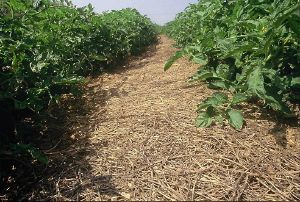
- Cherry tomatoes are not pruned.
- In the open field, cultivation can be envisaged with or without trellising.
- It is possible to densify the culture with associations of onions, beets, herbs.
For more information on the tomato's technical itinerary
Sources
This page has been written in partnership with the Urbane project and with the financial support of the European Union.


